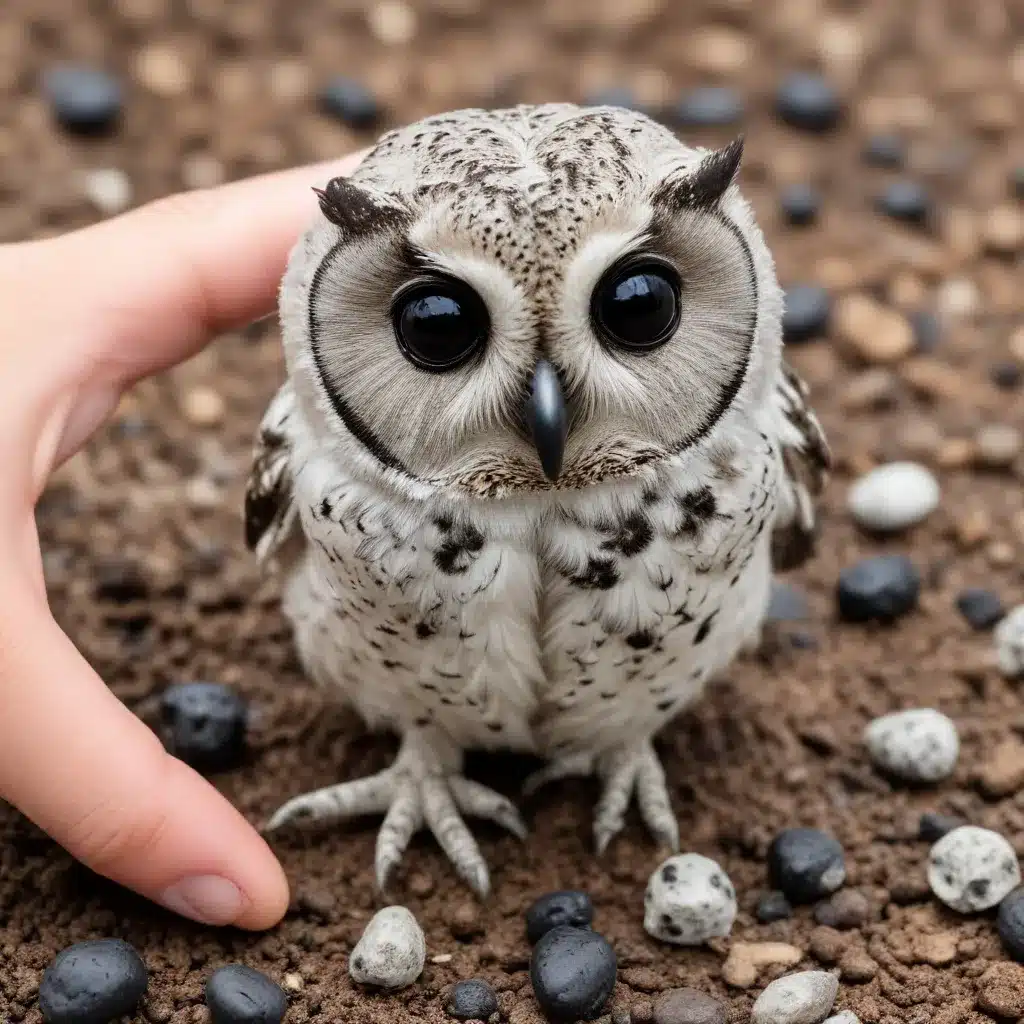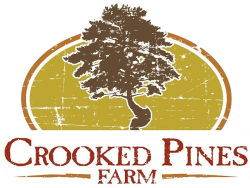
Have you ever wondered what your local barn owls have been dining on? Owl pellets can provide a fascinating window into the hunting habits and dietary preferences of these nocturnal predators. At Crooked Pines Farm, we encourage kids and families to dive into the world of owl pellet dissection – an engaging, hands-on activity that combines scientific exploration with a glimpse into the secret lives of these remarkable raptors.
Anatomy and Composition of Owl Pellets
Owl pellets are compact masses of fur, bones, and other indigestible materials that owls regurgitate after consuming their prey. Unlike owl droppings, pellets are not true feces; rather, they represent the undigested remains that owls expel from their digestive system.
Owls are efficient hunters, swallowing their prey whole rather than tearing it apart. While the meat and soft tissues are broken down and absorbed, the harder components – such as bones, teeth, and fur – cannot be digested. These undigested materials are compressed into a tight, roughly cylindrical pellet that the owl eventually coughs up, typically near its roosting or nesting site.
By examining the contents of an owl pellet, we can gain valuable insights into the owl’s diet and the local ecosystem. The bones, teeth, and other remains found within the pellet can be carefully identified, revealing the types of small mammals, birds, and other creatures that the owl has consumed. Rodents, such as voles and mice, are common prey items, but owls will also hunt small birds, bats, and even small reptiles or amphibians.
The Ecological Role of Owls
Owls are fascinating predators that play a vital role in maintaining the balance of their local ecosystems. As skilled nocturnal hunters, they help to control populations of small rodents and other prey species that can have significant impacts on the environment.
By feeding on a diverse array of small animals, owls serve as important regulators of their prey populations. This helps to prevent the overpopulation of certain species, which could lead to the depletion of resources or the disruption of delicate food webs. Owls are also adept at hunting in a variety of habitats, from open fields and grasslands to dense forests, making them valuable predators across a wide range of ecosystems.
Unfortunately, many owl species face threats from habitat loss, human disturbance, and other environmental challenges. Conservation efforts, such as protecting nesting sites and promoting biodiversity, are crucial to ensuring the long-term survival of these remarkable birds of prey.
Educational Applications of Owl Pellet Dissection
Dissecting owl pellets is an engaging and educational activity that can captivate children and adults alike. By allowing students to directly explore the contents of these unique castings, we can foster a deeper understanding of the natural world and the important role that owls play within it.
Hands-on learning experiences, such as owl pellet dissection, are particularly effective in developing scientific inquiry skills. As students carefully examine the bones, teeth, and other remains within the pellet, they are encouraged to make observations, ask questions, and formulate hypotheses about the prey the owl has consumed. This process of active learning helps to strengthen critical thinking and problem-solving abilities, preparing students for future success in science and other disciplines.
Integrating owl pellet dissection into the curriculum can also provide valuable opportunities to explore a wide range of cross-curricular topics, from food webs and ecosystem dynamics to animal adaptations and conservation. By connecting these hands-on activities to broader themes in science, biology, and environmental studies, educators can create engaging and meaningful learning experiences for their students.
Safety Considerations for Owl Pellet Dissection
While owl pellet dissection is a safe and rewarding activity, it’s essential to follow proper handling and safety protocols to ensure the well-being of participants. Owl pellets may contain small bones, teeth, and other sharp objects, so it’s crucial to instruct students on the appropriate techniques for gently separating and examining the contents.
Proper hygiene and sanitation measures should also be emphasized, as owl pellets may harbor bacteria or other potentially harmful microorganisms. Students should be required to wear gloves and wash their hands thoroughly before and after the dissection. Work surfaces should be cleaned and disinfected, and any loose fragments or materials should be properly disposed of.
With the right guidance and supervision, owl pellet dissection can be a safe and rewarding educational experience for children of all ages. By fostering a culture of responsible exploration and scientific curiosity, we can inspire the next generation of naturalists, biologists, and environmental stewards.
Engaging Students in Owl Pellet Exploration
Preparing for an owl pellet dissection activity can be an exciting process that sets the stage for a memorable learning experience. Begin by introducing the topic to your students, highlighting the fascinating natural history of owls and the insights that can be gained from examining their castings.
Provide each student or small group with a sterile owl pellet and the necessary tools for dissection, such as tweezers, probes, and magnifying glasses. Encourage them to carefully and methodically unravel the pellet, making detailed observations about the contents and patterns they observe.
As the students work, prompt them to record their findings, sketch the bones and other remains, and try to identify the prey species represented. This process of scientific documentation and analysis helps to reinforce critical thinking and scientific inquiry skills.
Once the dissection is complete, guide your students in a discussion about the implications of their findings. How do the prey remains reflect the owl’s hunting preferences and the dynamics of the local ecosystem? What adaptations or behaviors might the owl possess to successfully capture and consume its prey?
Extend the learning experience by connecting the owl pellet dissection to broader topics, such as food webs, predator-prey relationships, and animal conservation. Encourage students to share their discoveries with the broader community, perhaps by creating a exhibit or presentation to showcase their work.
By immersing students in the hands-on exploration of owl pellets, we can foster a deeper appreciation for the natural world and the critical role that these remarkable avian predators play in maintaining the delicate balance of our ecosystems. So, let’s dive in and uncover the secrets hidden within these fascinating castings!


